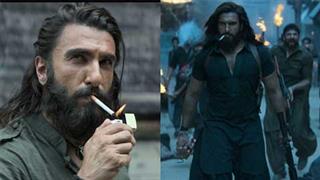Denying that he jumped on to the Mangal Pandey bandwagon kick-started by Ketan Mehta's film, author Amaresh Misra says his account of the freedom fighter is
"different".
"My account is different from the film `Mangal Pandey-The Rising'," said the Mumbai-based author of "Mangal Pandey: True Story of an Indian Revolutionary", published by
Rupa.
"Mangal Pandey struck me as a true Indian revolutionary, a fighter, an indigenous man who fired the first shot in the long and complicated history of India's freedom
movement," Misra told in an e-mail interview.
"His story is a prelude to the great 1857 saga. The saga itself is exciting because it has a contemporary resonance. It was a civilisational war fought by Indians against a
European firm, which had captured political power. The same is happening now. Giant MNCs like UNOCAL are today's East India Company.
"He had no British officer as a friend (like in the film). Instead he had Nakki Khan, a Muslim friend, a fakir, follower of Shah Waliullah's radical peasant movement. Nakki was
part of the Calcutta and Patna conspiracy. He was in touch with Mangal Pandey in Barrackpore," said Misra, whose book is set to hit the stands this week.
About the legendary hero's love life, he says: "Mangal loved a Bengali woman stuck in an unhappy marriage."
"My account comes close to the film only in that it too depicts Mangal Pandey as a hero and not an `accidental martyr'."
Misra admits to having read Penguin's book "Mangal Pandey: Brave Martyr Or Accidental Hero?" by Rudrangshu Mukherjee released in June.
"It (Mukherjee's book) is academic and presents only the British viewpoint."
Misra claims to have drawn from indigenous sources, like oral history and narrative accounts in Urdu and Hindi. "My account sees Mangal Pandey as a proud Brahmin who
was part of the 1857 anti-British conspiracy in a big way."
"Why was there no uprising in Calcutta? If 1857 was part of a mass movement then what role did Calcutta play? My book unravels many of these mysteries," he adds.
My book different from Mangal Pandey film
Wednesday, August 17, 2005 16:08 IST















